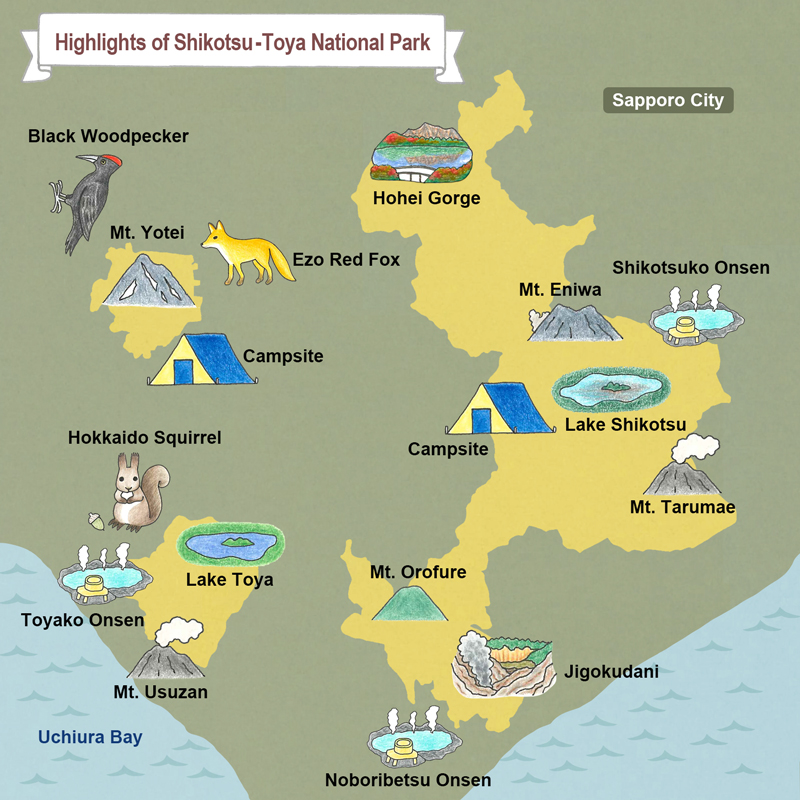- MOE
- National Parks of Japan
- Shikotsu-Toya National Park
- Guide of Highlights
main body
Highlights of Shikotsu-Toya National Park
Mt. Yotei
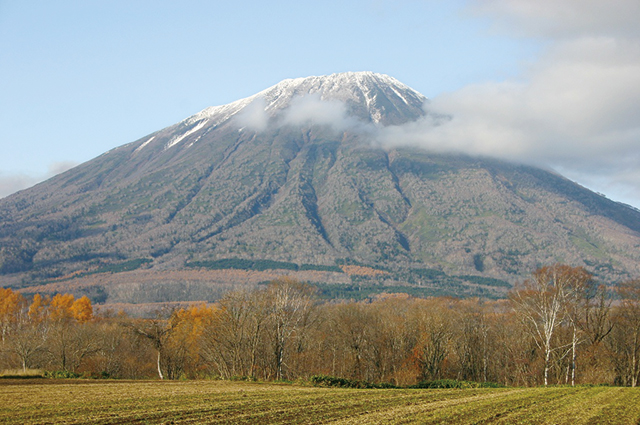
Mt. Yotei
This free-standing mountain has a beautiful shape. While climbing the mountain, visitors can enjoy the changes in the vertical distribution of vegetation, and near the summit hikers are welcomed by many species of alpine plants. Because of the mountain's high altitude, be sure to thoroughly prepare yourself both physically and mentally before attempting the climb.
Konpira Crater / Foot of Mt. Nishiyama Crater
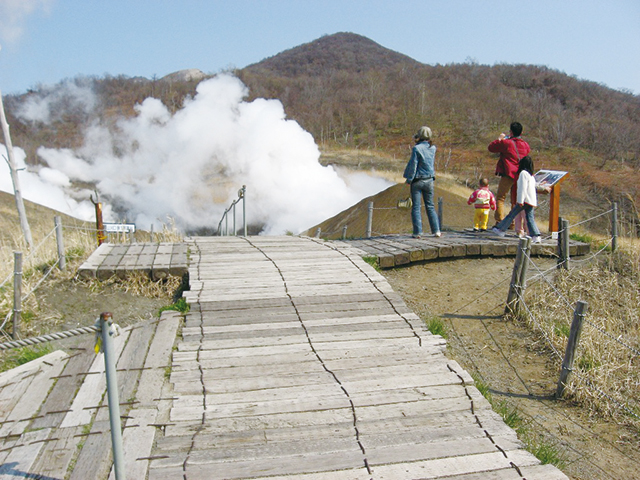
Konpira Crater / Foot of Mt. Nishiyama Crater
These craters were formed when Mt. Usuzan erupted in 2000. Footpaths have been built around the craters, enabling visitors to view not only the craters themselves but also roads and houses that were damaged in the eruption.
Mt. Usuzan
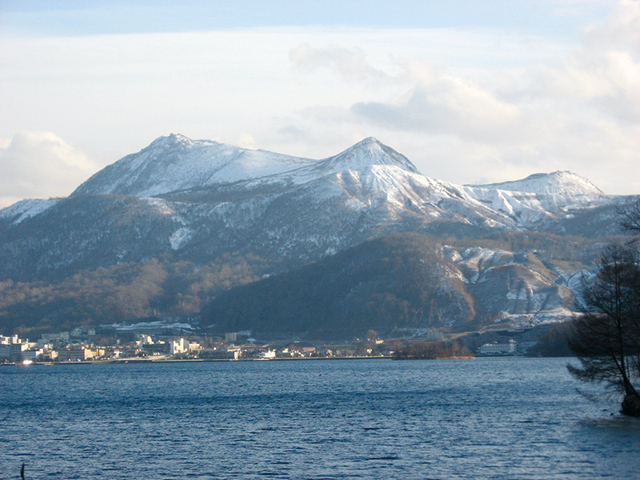
Mt. Usuzan
This volcano continues to erupt periodically. Visitors can take the ropeway to the summit station, then walk to the crater floor observatory and along the southern outer-ring route, where you can see relics from past eruptions and the status of plant restoration.
Nakajima Island
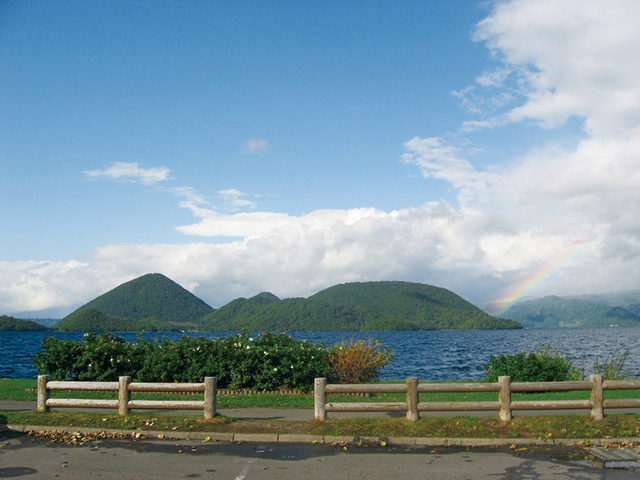
Nakajima Island
Floating in the center of Lake Toya, Nakajima Island was created by volcanic activity approx. 50,000 years ago. It comprises closely packed lava domes, the largest of which--Oshima Island--has a landing for sightseeing boats, a Forest Museum, and other facilities.
Lake Toya
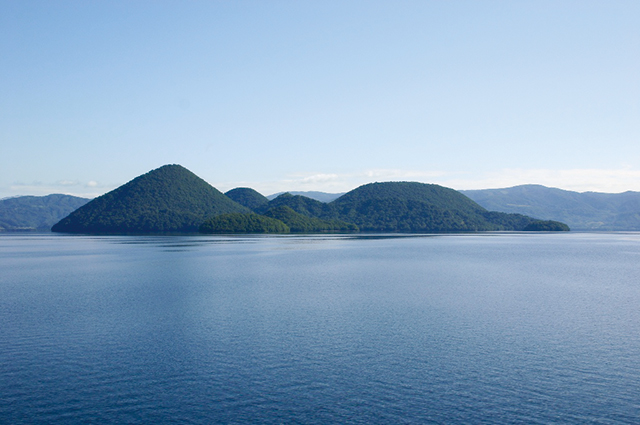
Lake Toya
Created approx. 110,000 years ago in a gigantic volcanic eruption, Lake Toya is a caldera lake measuring 8 km to 11 km across. Agricultural land is spread in the broad plateau that was also created in the eruption and the area in the caldera is dotted with settlements and hot springs resorts dot.
Mt. Orofure
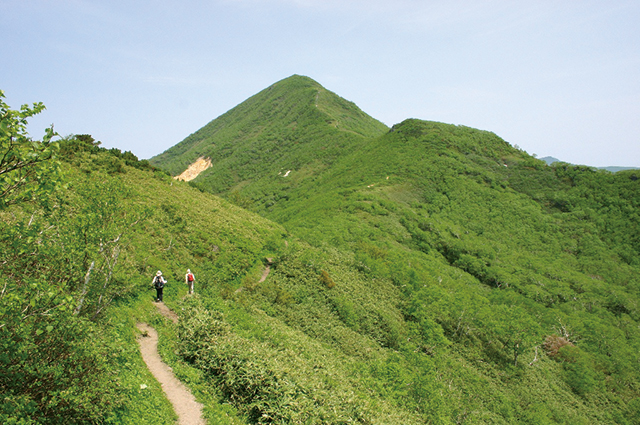
Mt. Orofure
Located between Lake Toya and Noboribetsu Onsen, Mt. Orofure provides a superb view of Mt. Yotei and the volcanic bay. Alpine plants such as Cassiope lycopodioides, Geum pentapetalum, and Aquilegia flabellata var. pumila can be viewed from mountain trails.
Hohei Gorge
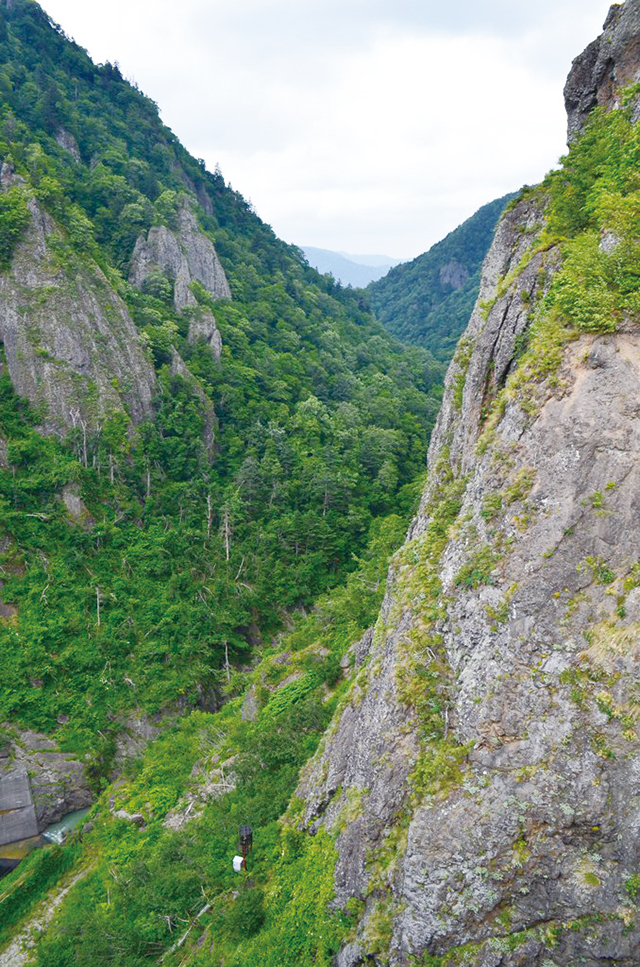
Hohei Gorge
Hohei Gorge is a canyon comprising rock walls and forest where visitors can enjoy the magnificence of nature. Especially during the season for viewing autumnal foliage, the gorge is visited by many tourists from the Sapporo area.
Jigokudani

Jigokudani
Located to the northeast of Noboribetsu Onsen, these remains of an explosion crater measure approx. 450 m in length and are the location of the wellspring for the Noboribetsu Onsen. Volcanic gasses and hot water gushing out violently can be viewed from the surrounding footpaths.
Lake Kuttara

Lake Kuttara
A circular caldera lake measuring approx. 2.5 km across, Lake Kuttara has no rivers flowing in or out and has maintained excellent water quality. Here you can see a highly transparent lake enveloped in mystery.
Mt. Eniwa

Mt. Eniwa
Gas emits from the volcano on the northern shore of Lake Shikotsu. Lake Okotanpe, formed by a blockage due to a volcanic eruption, is located at the base of the mountain to the northwest. A beautiful sight, surrounded by Russian rock birch and Sakhalin fir.
Lake Shikotsu
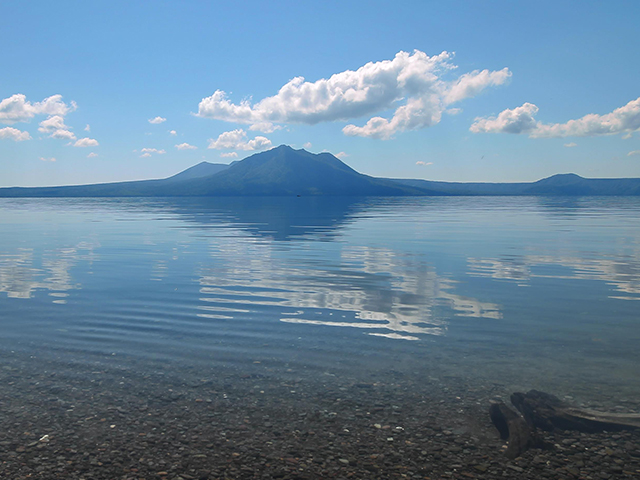
Lake Shikotsu
The transparent water and mountains surrounding the lake, such as Mt. Eniwa, combine to create entrancingly beautiful lake scenery. Visitors can also enjoy sightseeing boat tours and canoeing on the lake.
Mt. Tarumae
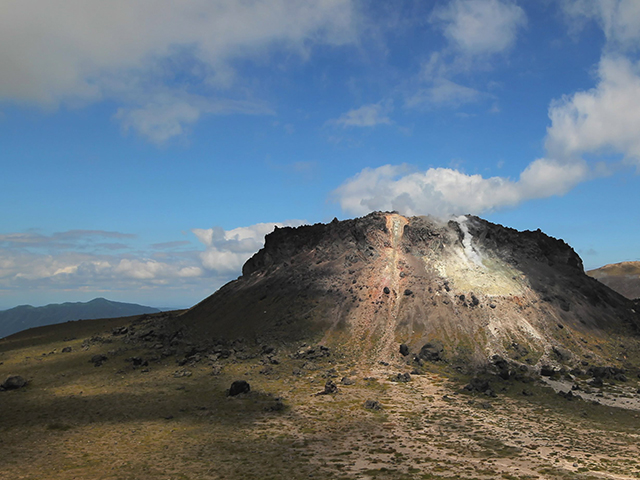
Mt. Tarumae
Located on the inside of the outer ring of mountains, this volcano has a larva dome and continues to emit plumes of smoke even today. Alpine plant species such as Pennellianthus frutescens, Gaultheria pyroloides, and Ledum palustre subsp. diversipilosum var. nipponicum can be seen here.
Wildlife & Plants
Black Woodpecker (Dryocopus martius martius)

Black Woodpecker (Dryocopus martius martius)
Japan's largest species of the woodpecker family. Living in the forest, it is characterized by its distinct cry. Eaten tree scars can be seen at the Shikotsuko Onsen.
Hokkaido Squirrel (Sciurus vulgaris orientis)

Hokkaido Squirrel (Sciurus vulgaris orientis)
A subspecies of the Eurasian squirrel family. Found in the plains and sub-alpine zones of Hokkaido. The Hokkaido squirrel can be seen on Mt. Yotei and the area around Lake Shikotsu.
Ezo Red Fox (Vulpes vulpes schrencki)

Ezo Red Fox (Vulpes vulpes schrencki)
A subspecies of the red fox family ubiquitous to the Northern Hemisphere. Can be seen throughout the Shikotsu-Toya National Park.
Activities
Campsite (Makkari, Lake Toya, Lake Shikotsu)

Campsite (Makkari, Lake Toya, Lake Shikotsu)
Campsites are available at Makkari Village, Lake Toya, and Lake Shikotsu. All welcome.
Onsen (Hot Springs) (Noboribetsu Onsen, Toyako Onsen, Shikotsuko Onsen)

Onsen (Hot Springs) (Noboribetsu Onsen, Toyako Onsen, Shikotsuko Onsen)
Shikotsu-Toya National Park includes many hot springs of varying quality, notably at Noboribetsu Onsen, Toyako Onsen, Jozankei Onsen, and Shikotsuko Onsen. All welcome.
